RETRACTION
Published on 11 Oct 2022
Retraction: Metallic ions encapsulated in electrospun nanofiber for antibacterial and angiogenesis function to promote wound repair
doi 10.3389/fcell.2022.1058556
- 1,010 views
40k
Total downloads
246k
Total views and downloads
RETRACTION
Published on 11 Oct 2022
EDITORIAL
Published on 02 Mar 2022
REVIEW
Published on 27 Sep 2021
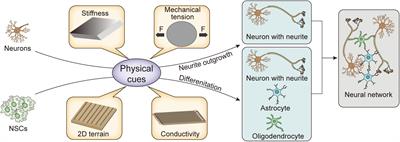
ORIGINAL RESEARCH
Published on 20 Sep 2021
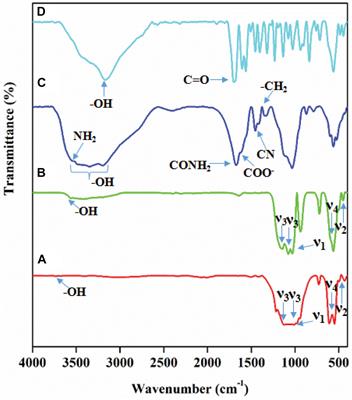
CORRECTION
Published on 16 Sep 2021
MINI REVIEW
Published on 20 Aug 2021
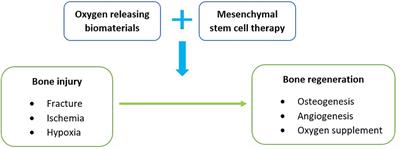
REVIEW
Published on 11 Aug 2021
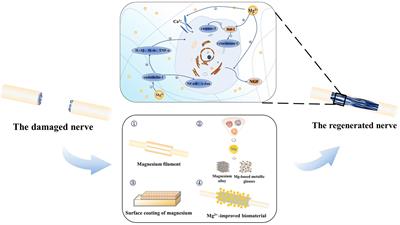
REVIEW
Published on 13 Jul 2021
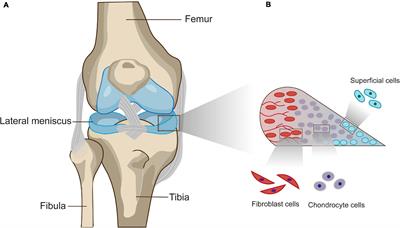
ORIGINAL RESEARCH
Published on 05 Jul 2021
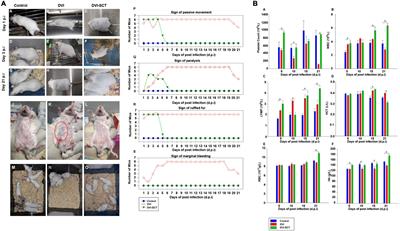
REVIEW
Published on 14 Jun 2021
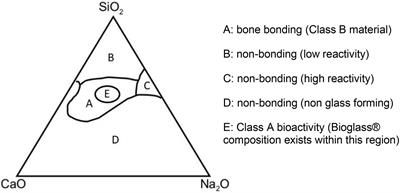
ORIGINAL RESEARCH
Published on 26 May 2021
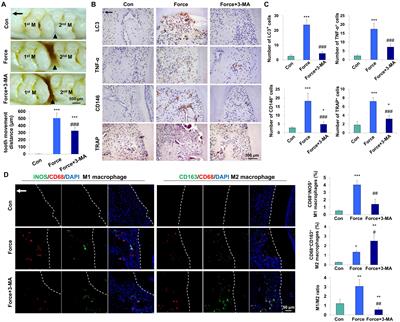
REVIEW
Published on 07 May 2021
